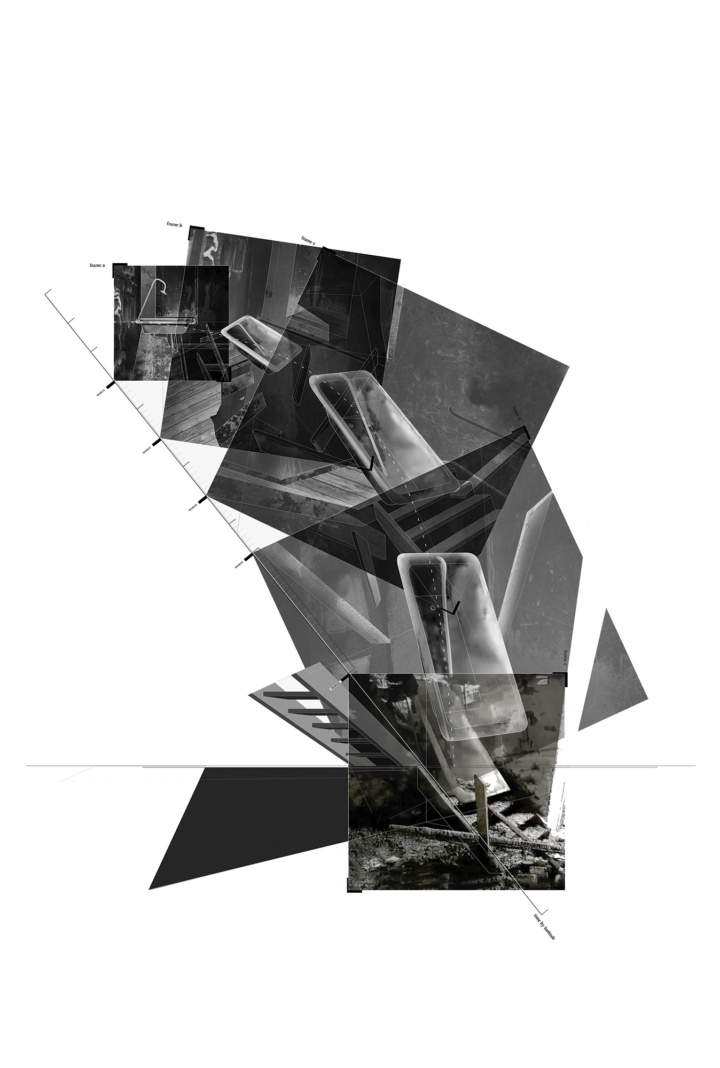
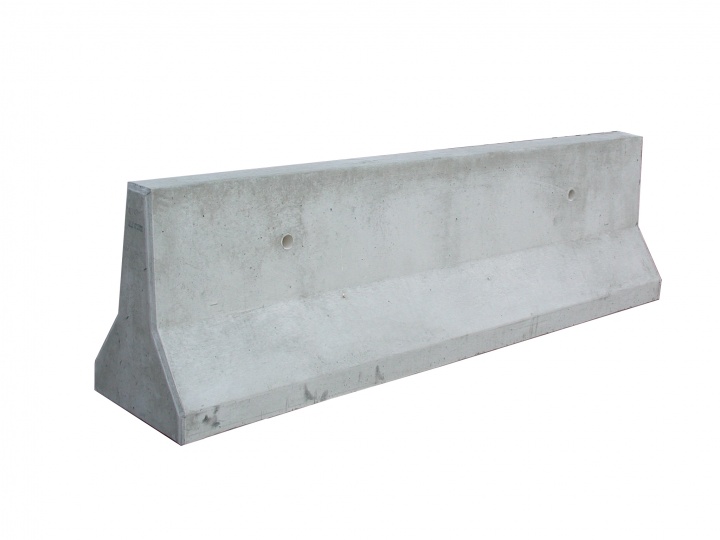

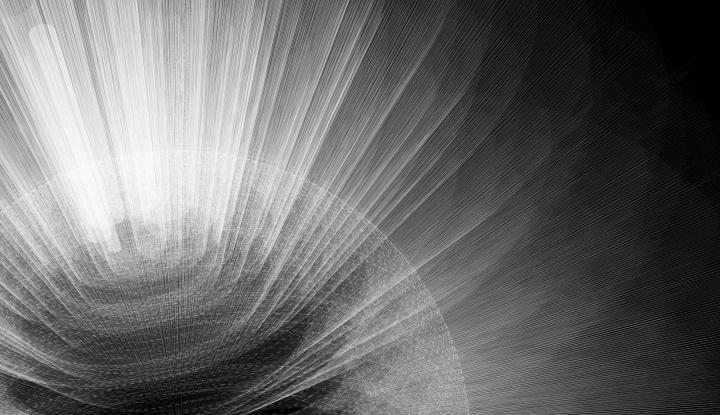




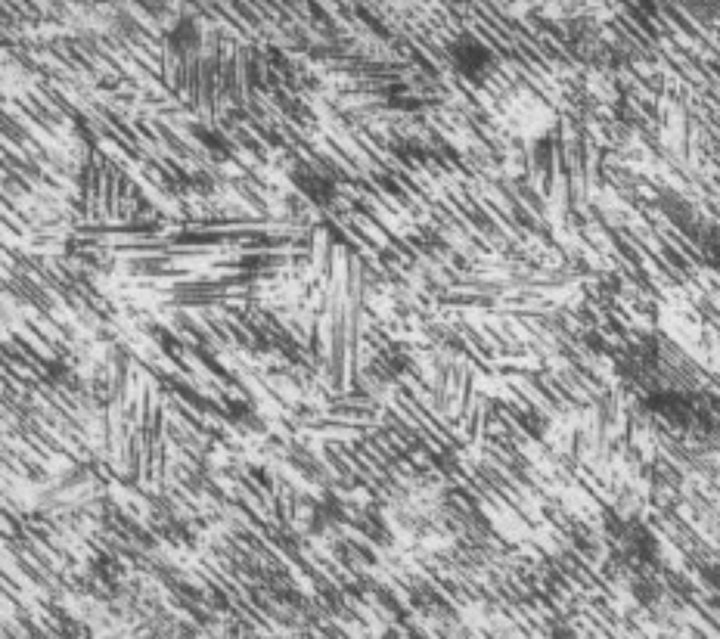

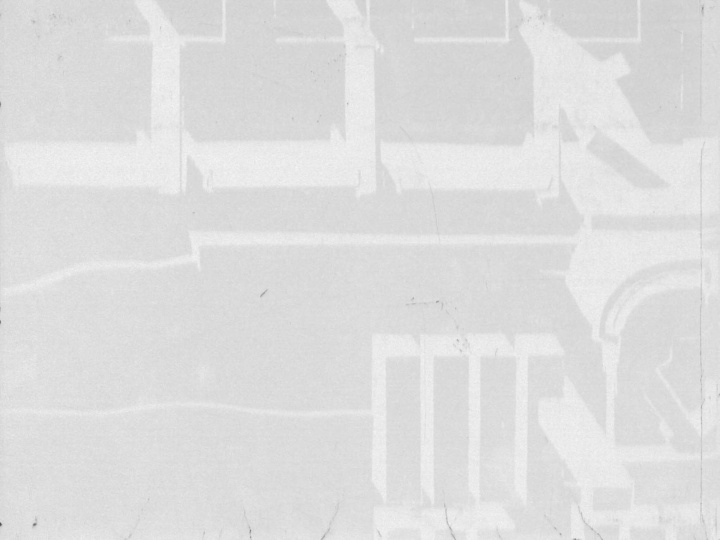
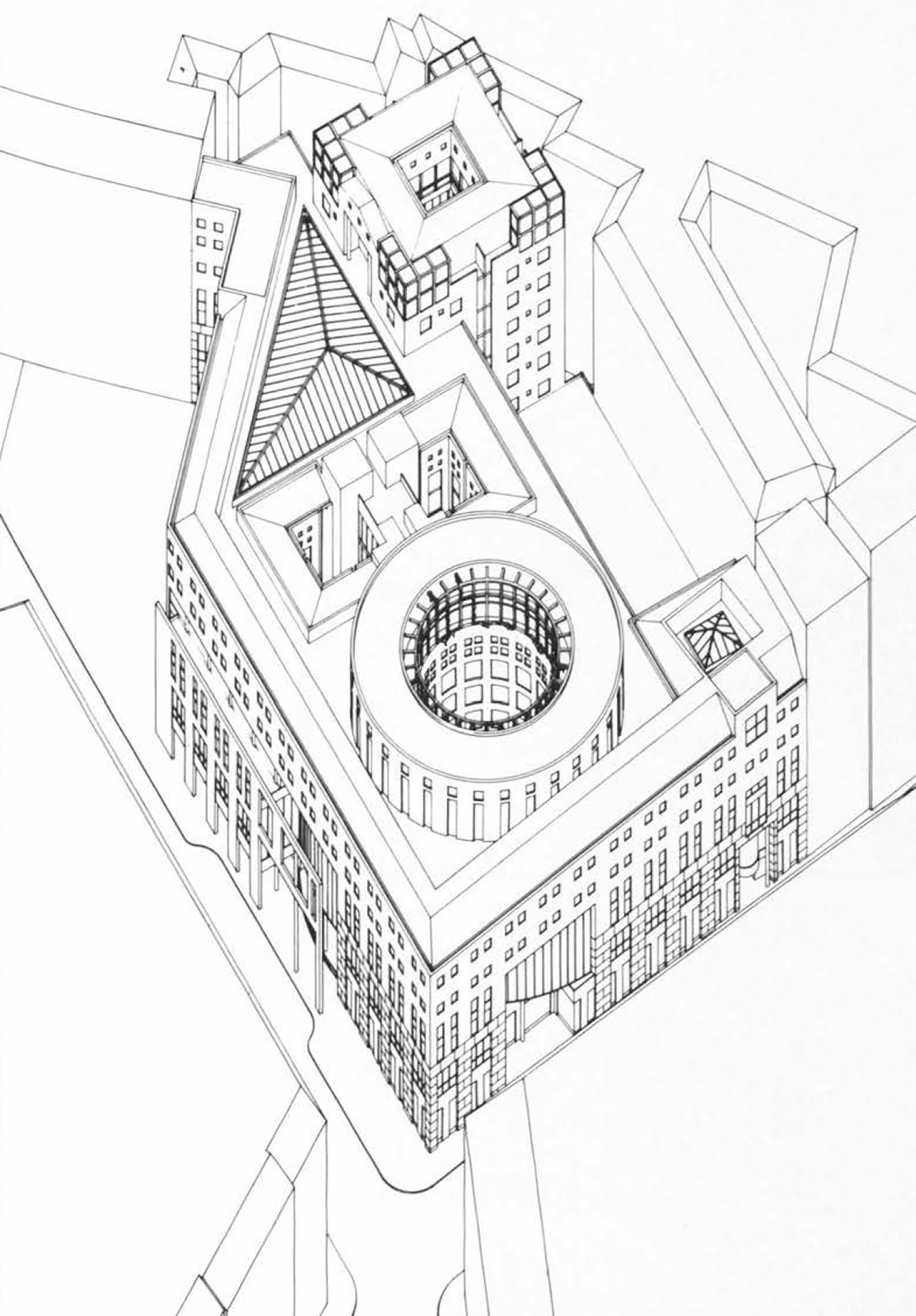












The Cornell Journal of Architecture is a critical journal of architecture and urbanism produced by editors in the department of architecture at the College of Architecture, Art, and Planning at Cornell University.
Please like our Facebook page for the latest on our launch events and call for submissions.
The first Cornell Journal of Architecture was published in 1981, the result of a very generous gift from Mrs. Ruth Thomas, who also donated the funding for the annual Preston Thomas Memorial Lectures, in honor of her late son, a student of architecture. A humanist and philanthropist, Mrs. Thomas believed that the writing and narration of architecture had an important place alongside the publication of design projects; and that the Journal should provide students with experience in all aspects of the production of an architectural publication.
The first Journal was clearly intended to locate Cornell’s pedagogic interests in the context of architecture in the late 1970s and early 1980s. There were essays from Colin Rowe, O.M. Ungers, a number of faculty, and some recent graduates, followed by a series of select studio projects and graduate and undergraduate theses. Its editor, Michael Markovitz (1982), laid out the Journal’s goals: “the Journal will continually engage in critical assessment of the present state of architectural education.” Whereas many academic journals tended to be either yearbooks or scholarly compendia, the Cornell Journal of Architecture was determined to set out to be a self-conscious evaluation of the evolution of pedagogy.
True to this mission, the first was followed two years later by a second issue—the first of the specifically-themed issues—that focused largely on the urban design strategies proposed within the graduate studios of Colin Rowe. Four years later, in 1987, the third issue was produced, with essays and student projects illustrating the school’s ongoing endorsement of what appeared to be a disappearing species: the vertical surface. The fourth, in 1990, Paidia (an ambiguous play of the Greek paidia for “play” and paideia for “education”) represented a snapshot of lectures and coursework in history, theory, criticism, and praxis.
Since then, the Journal has been produced with somewhat intermittent frequency, often mirroring the ebb and flow of transformations in theoretical, environmental, and design practices. Its graphics and organization has also been an index of the school’s variable relationships with tradition and orthodoxy, with continuities and disruptions. There has always been an intrinsically retrospective aspect to the Journal that keeps alive the heritage of the school while exploring modes of scholarship, research, and speculation that we find compelling and resonant with our contemporary interests and future ambitions. And there has always been an eye on the subject and substance of what might make an education an architectural education.
—Val Warke (’77)
The Cornell Journal of Architecture
College of Architecture, Art, and Planning
Cornell University
139 E. Sibley Hall
Ithaca, NY 14853
t. 607.255.5236
f. 607.255.0291
Editorial Staff
Val Warke, Editor-In-Chief
Emma Silverblatt, Editor-In-Chief
Frank LaPuma, Managing Editor
Lydia Brawley-Magee, Student Editor
Kalven Owen, Student Editor
Cornell AAP Communications Staff, Editor
Submission Editors
Rabei Javaid Bhatti (B.Arch. ’22)
Auri Ford (B.Arch. ’21)
Sam Gomez (B.Arch. ’20)
Zeli Grey (B.Arch. ’22)
Gracie Meek (B.Arch. ’22)
Jonathan Plass (B.Arch. ’22)
Aishwarya Sreenivas (B.Arch. ’21)
Chloe Tsui (B.Arch. ’22)
Jessie Xiang (B.Arch. ’21)
Editorial Participants
Ottavia Boletto (B.Arch. ’20)
Simón Campuzano (M.S.AAD ’22)
Sean Gowin (M.S.AAD ’20)
Claire Guffey (B.Arch. ’20)
David Ni (B.Arch. ’24)
Reuben Posada (M.Arch. ’20)
Mitchie Qiao (B.Arch. ’21)
Shruti Shah (B.Arch. ’20)
Yolande Wen (B.Arch. ’24)
Qian Xiao (M.S.AAD ’20)
Haotian Zhang (M.S.AAD ’20)
Peng Zhang (M.S.AAD ’20)
Designed by Studio Elana Schlenker
Creative development by Maria Adelaide
12
11
10
09
08
07
06
05
04
03
02
01